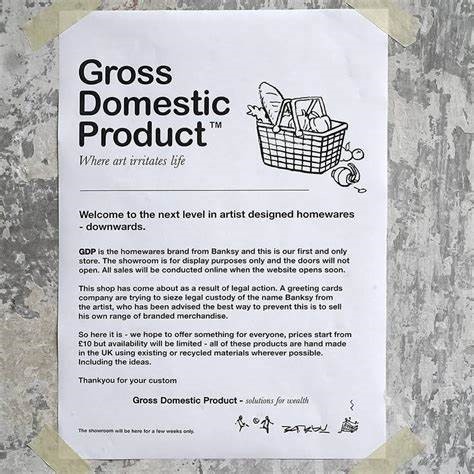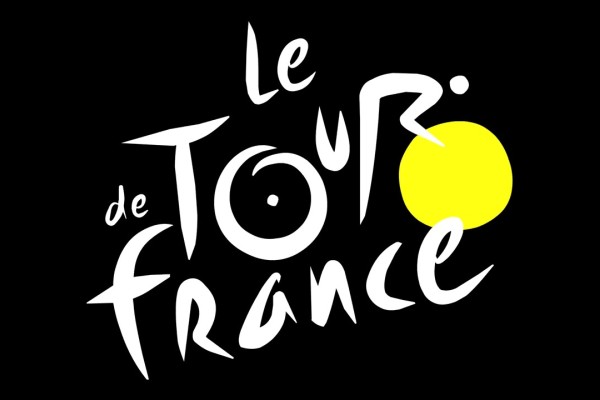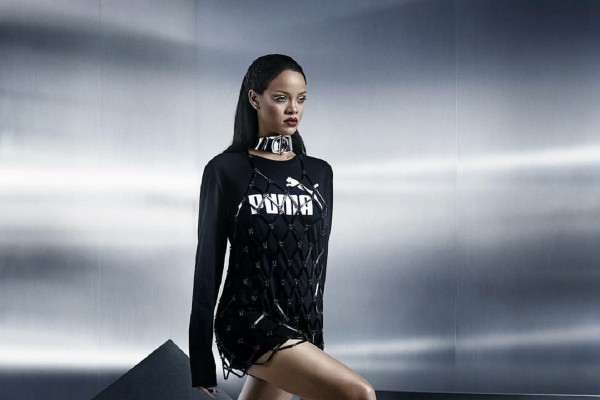Flower Thrower Trademark dispute at EUIPO is lost!
On September 14th, 2020, the EU’s Intellectual Property Office (“EUIPO”) ruled that Banksy’s trademark for “Flower Thrower” was filed in bad faith and declared it “invalid in its entirety”.
What happened?
We know that Banksy - despite his secret identity- is probably the most famous street artist in the world. He is against the commercialization of the art and made of the quote “Copyright is for losers” one of his iconic symbols. The artist paints on the walls because art must be free.
Nevertheless he decided to file for registration of the images and other signs that distinguish his works. Furthermore, he set up a company called Pest Control Office Limited that authenticates Banksy artwork and handles related intellectual property.
Why did he do that, if he doesn’t want to make money from his art?
The answer is simple: to avoid that other people make money from his art. But if that could be a good reason, from a philosophical point of view, it is not enough from the trademark law perspective. At least from now on.

Promotional image from Mudec website
Until now, in fact, the trademarks on Banksy’s artwork were considered valid: at the end of 2018, the artist’s handling service Pest Control took action against an Italian company that organized an exhibition, The Art of Banksy - A Visual Protest, for Milan’s Mudec Museum. Right after, in February 2019, the judge ruled in favor of Banksy’s request for all merchandise to be removed from the museum’s shop, even if promotional materials using his name and trademarked images were allowed because considered “informative”.
It should be noted that usually works of art are protected by copyright, not by trademark. What’s the difference?
A copyright protects original works of authorship including literary, dramatic, musical, and artistic works, such as poetry, novels, movies, songs, computer software, and architecture. The duration of copyright protection depends on several factors.
In Europe for works created by an individual, protection lasts for the life of the author, plus a number of years depending on the Country’s legislation, usually from 70 to 90 years. For works created anonymously, pseudonymously, and for hire, protection lasts 95 years from the date of publication or 120 years from the date of creation, whichever is shorter.
A trademark is a word, phrase, symbol, and/or design that identifies and distinguishes the source of the goods of one party from those of others. Some examples include brand names, slogans, and logos. Unlike patents and copyrights, trademarks do not expire after a set term of years. Trademark rights come from actual “use”.
Therefore, a trademark can last forever - so long as you continue to use the mark in commerce to indicate the source of goods and services.
The point is that to protect his artwork by copyright, Banksy should reveal his identity. To avoid that, and in the meanwhile to protect anyway his art, he applied for, and obtained, trademarks for several of his works.
But since he didn’t want to sell merchandising, he actually never used those trademarks.

Banksy – Love is in the Air, Flower Thrower, 2005, (Source: CC BY-NC-SA 2.0 by jlevinger)
In March 2019 Full Colour Black, a small greeting card company, started an action against Pest Control asking for the cancellation of the trademark of the image called “Flower Thrower”, a mural Banksy painted in Bethlehem in 2005 that was trademarked in 2014.
After offering several times to pay royalties for it, and always being refused, Full Colour Black argued they should be able to use the image: since to get a trademark you need to show “use in commerce”, they argued that Banksy wasn’t selling the flower bomber image. They also invoked the lack of distinctiveness, and later on they also pointed out that Banksy can’t be definitely identified as the owner of the trademark, because his identity is secret.

Flyer on the wall of the storefront with the statement (source: Kottke.org)
Right after this legal action, in October 2019, Banksy set up a gift shop named Gross Domestic Product in Croydon, south London. The artist himself said at that time that virtually the only reason behind the establishment of the store, which only offered online sales, was to win a trademark dispute.
That wasn’t a good move. According Full Colour Black’s attorney, in fact, “this has strengthened the arguments that the marks are a false attempt to monopolize his work in bad faith [and to] circumvent copyright law and trademark law”. Without the statement, it would have been mere conjecture that he would never use the mark and had no intent to.So, the EUIPO ruled in favor of Full Colour Black for 2 reasons [1]:
-
Anonymity. “Banksy has chosen to remain anonymous and for the most part to paint graffiti on other people’s property without their permission rather than to paint it on canvases or his own property”, the ruling stated. “He has also chosen to be very vocal regarding his disdain for intellectual property rights”.
-
Bad faith. According to the ruling, “His intention was not to use the mark as a trade mark to commercialize goods and carve out a portion of the relevant market, but only to circumvent the law”, and “These actions are inconsistent with honest practices”.
The lack of distinctiveness hasn’t even been considered. The artist has 2 months to appeal, and we will keep following this case.
The topic is not so easy, though, and as we already wrote, is not because street art is visible and free that you can take it and do whatever you want. What people are inclined to think about street art is that, being illegal, no one would sign a graffiti and no one would claim the copyright.
Many artists would consider it risky to start a legal action as this would mean revealing their identity and exposing themselves to serious legal consequences, including jail.
But after this decision, other Banksy’s trademarks are at risk. We’ll see what’s the artist’s next move.


